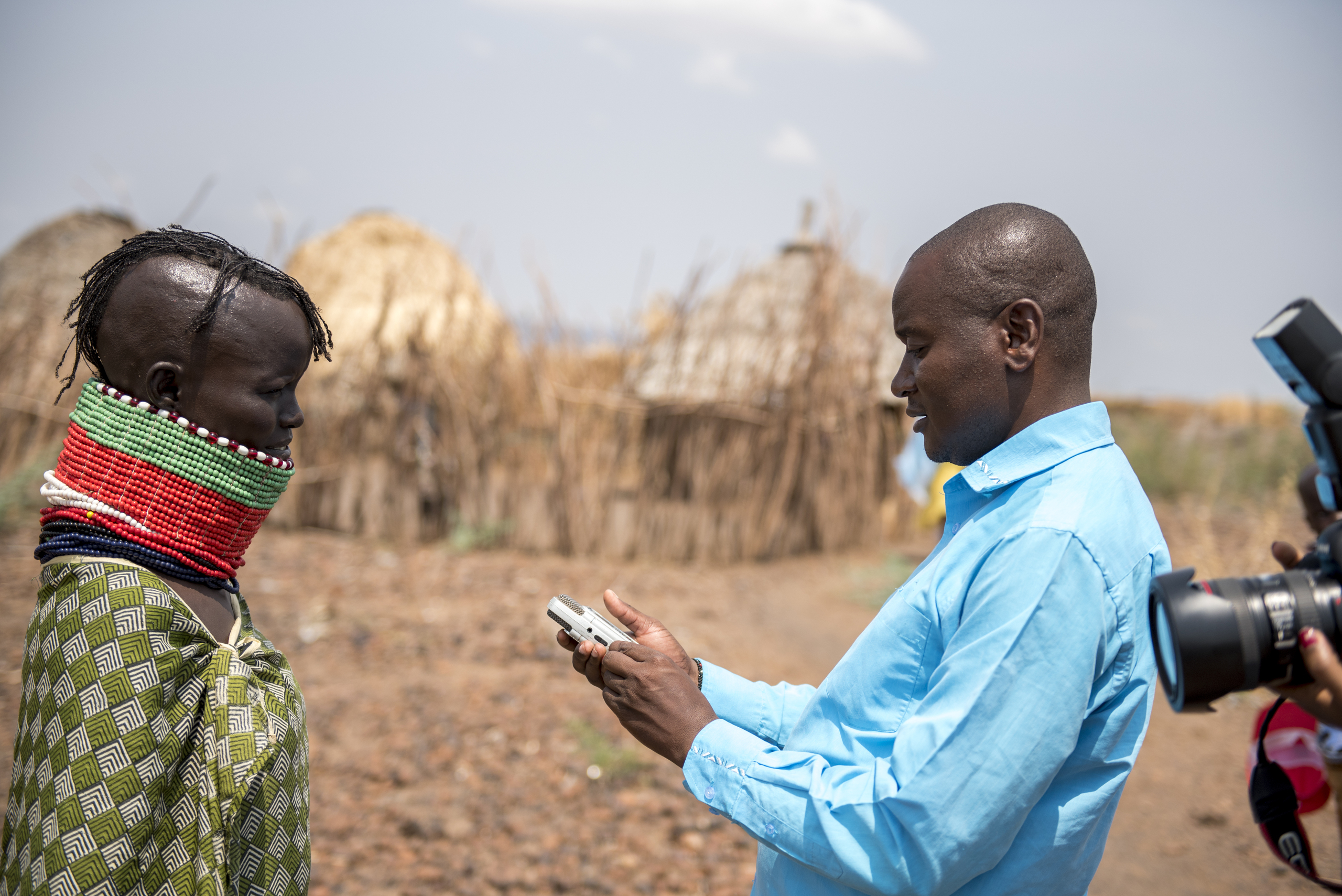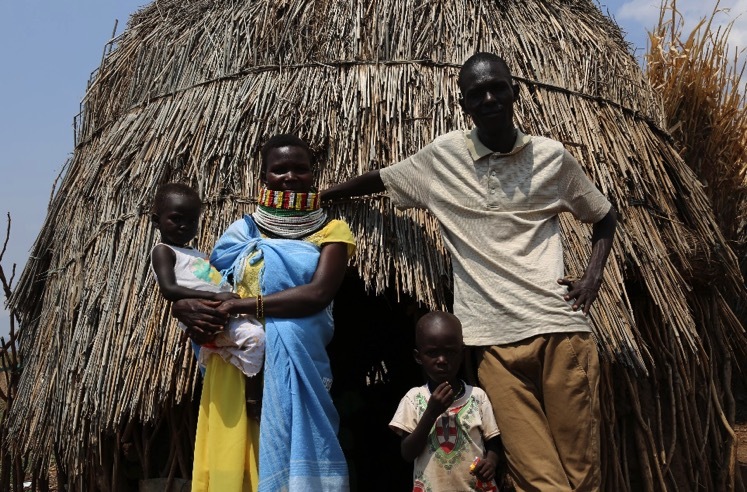The Elizabeth Glaser Pediatric AIDS Foundation (EGPAF) in Kenya, recently facilitated a field visit of journalists to northern Kenya. The aim of the visit was to educate the journalists on childhood tuberculosis (TB) in Turkana County and the support that EGPAF, in partnership with the county government of Turkana and other stakeholders, are taking to end TB in the region.
We hoped that by the end of the visit, the journalists would write stories that would inform the public to take an early initiative to seek medical services whenever they suspect TB. We invited a senior journalist from the Standard newspaper, the head of a local radio station, Maata FM, and a correspondent for the Nation newspaper who had demonstrated keen interest in reporting on health issues.
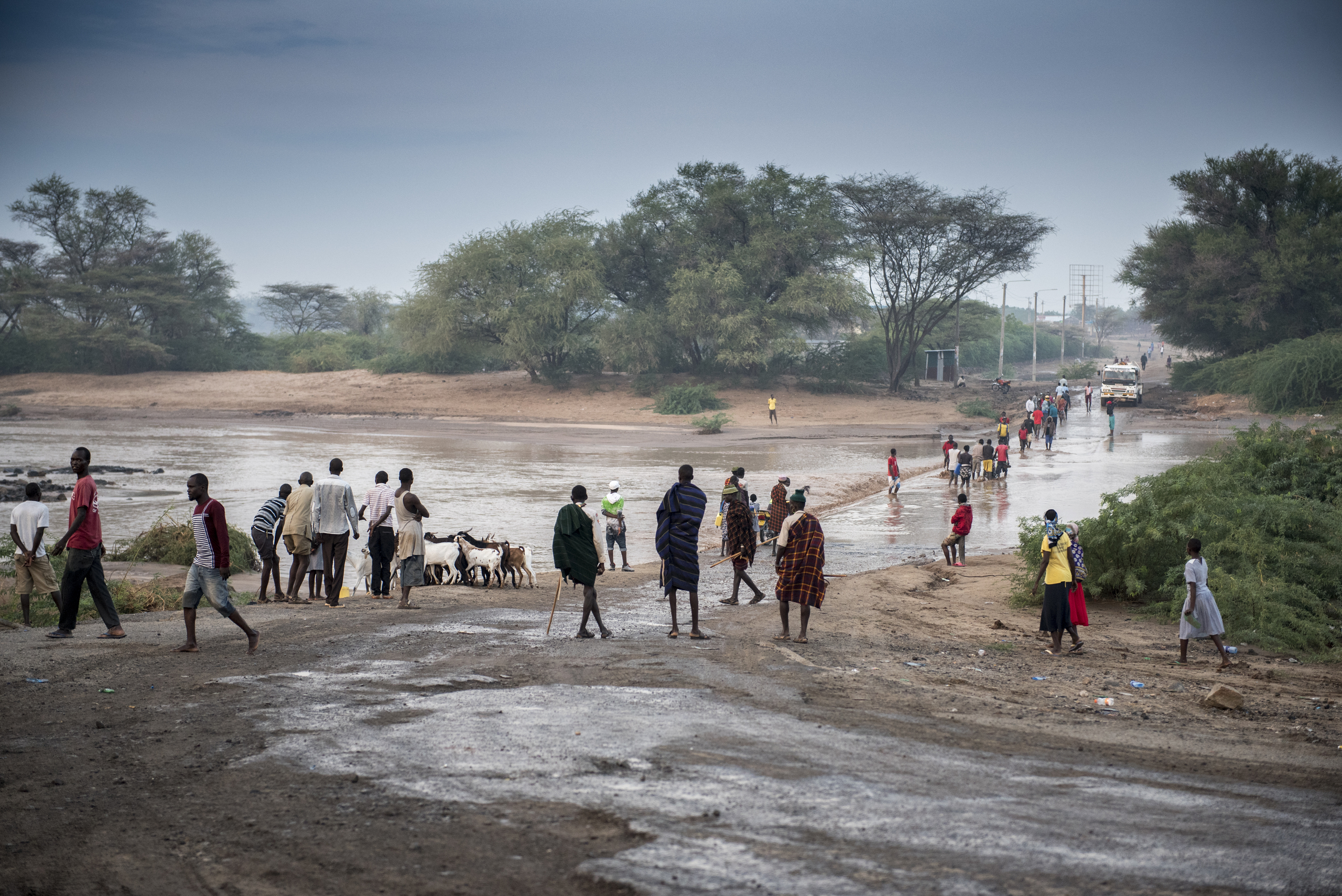
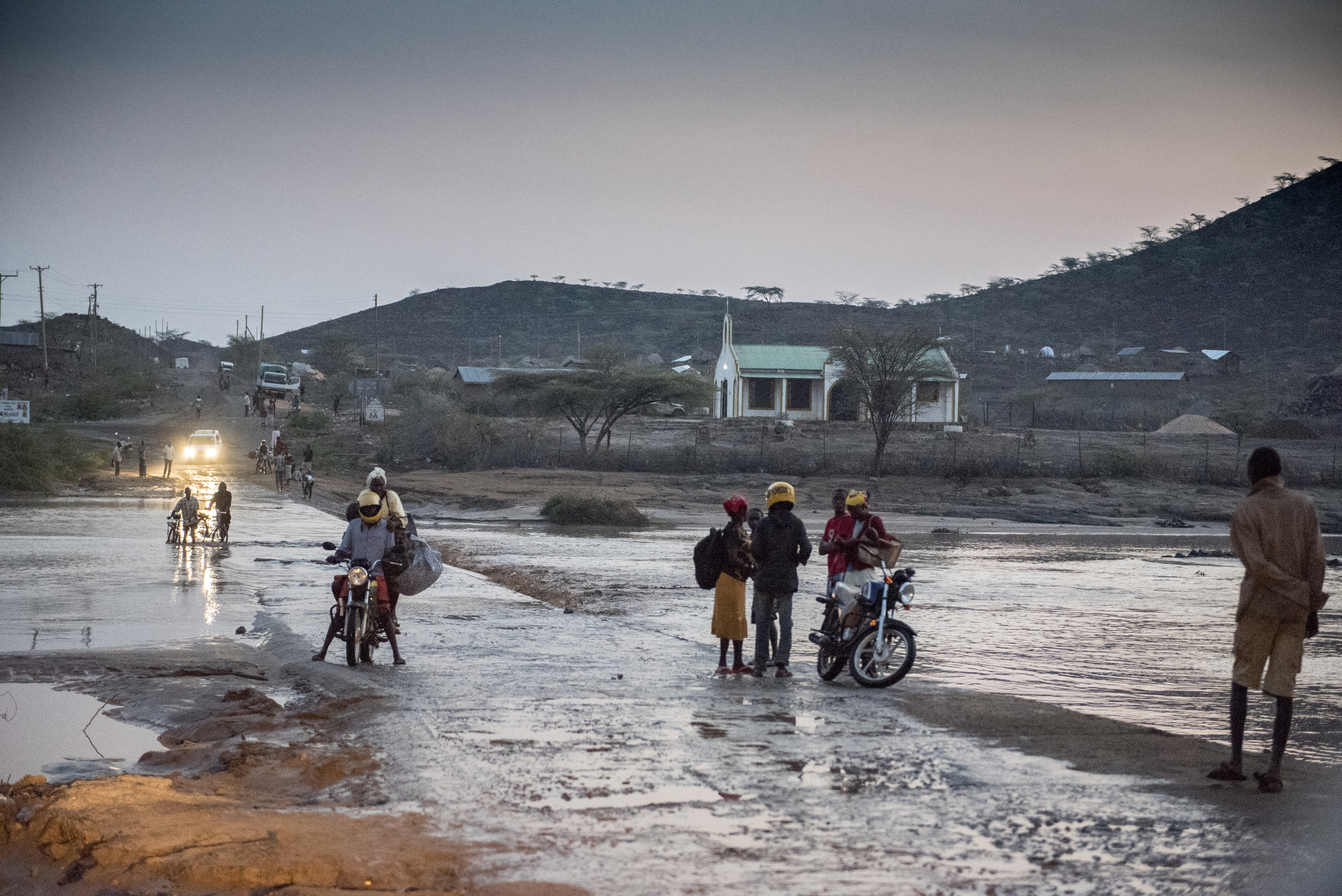
Turkana County is an arid and hard-to-reach region due to lack of roads, sweltering heat, and sporadic rainfall. Our team was set to travel to Kakuma when we arrived on July 13 but due to downpours, a river materialized from the heavy rains, making the bridge out of town impassable. We had to wait until the next day for the water levels to recede so that we could travel on to Kakuma, where we had intended to visit a hospital and TB patients in the villages.
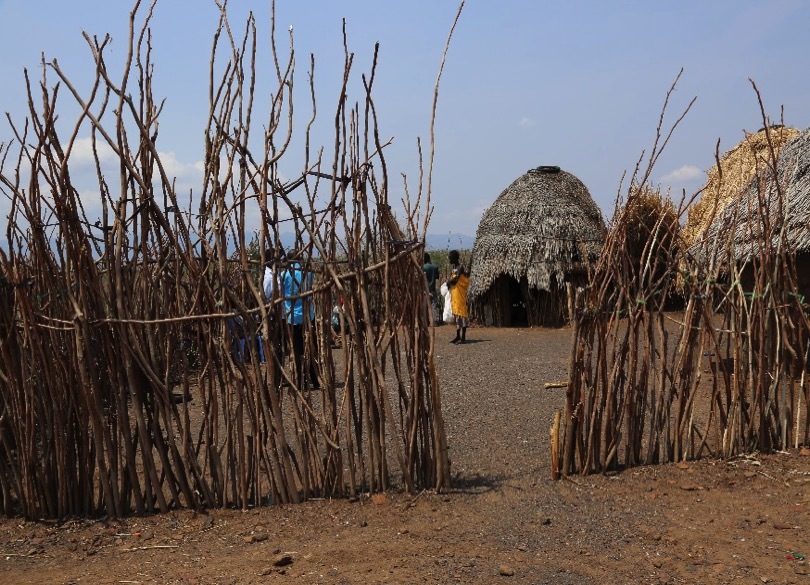
Childhood TB affects 1 in every 180 children in Turkana, according to the National Tuberculosis Survey Report 2015. TB has been ranked as the world’s deadliest infectious disease. Children are the most vulnerable and often lag behind adults in accessing quality and comprehensive TB care and treatment. Unfortunately, diagnosis of TB in children is difficult. Children with TB must be identified quickly and put on treatment before they become very ill. In the villages we met parents who talked about how challenging it was for them to recognize that their child was infected with the disease.
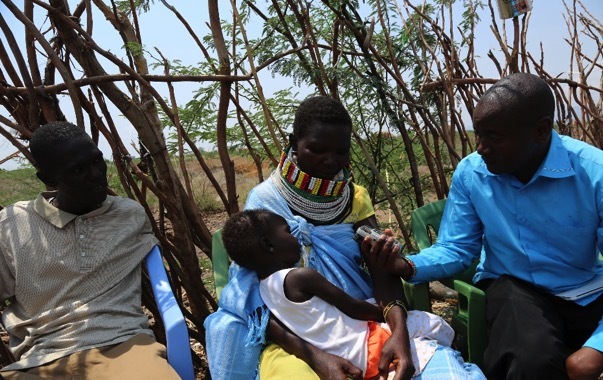
Helen Emeyan thought she had met with a strange disease when her 2-year-old daughter started losing weight and vomiting up everything including breast milk. As a nomad living in Komudei Village in Turkana North encircled by dry hills and arid lands, Helen tried to treat the symptoms with local medicine. Her daughter had a swollen eye and neck mass that was discharging pus. Realizing that the symptoms were not getting better she took her child to the hospital where she was diagnosed with TB.
When the journalists visited her homestead, Emeyan’s daughter had completed six months of TB treatment and was doing well. TB treatment for children was initially complex as there were no child-friendly formulations available. Last year child-friendly drugs were introduced in Kenya—they are easily dispersible in water and palatable to the pediatric TB patients
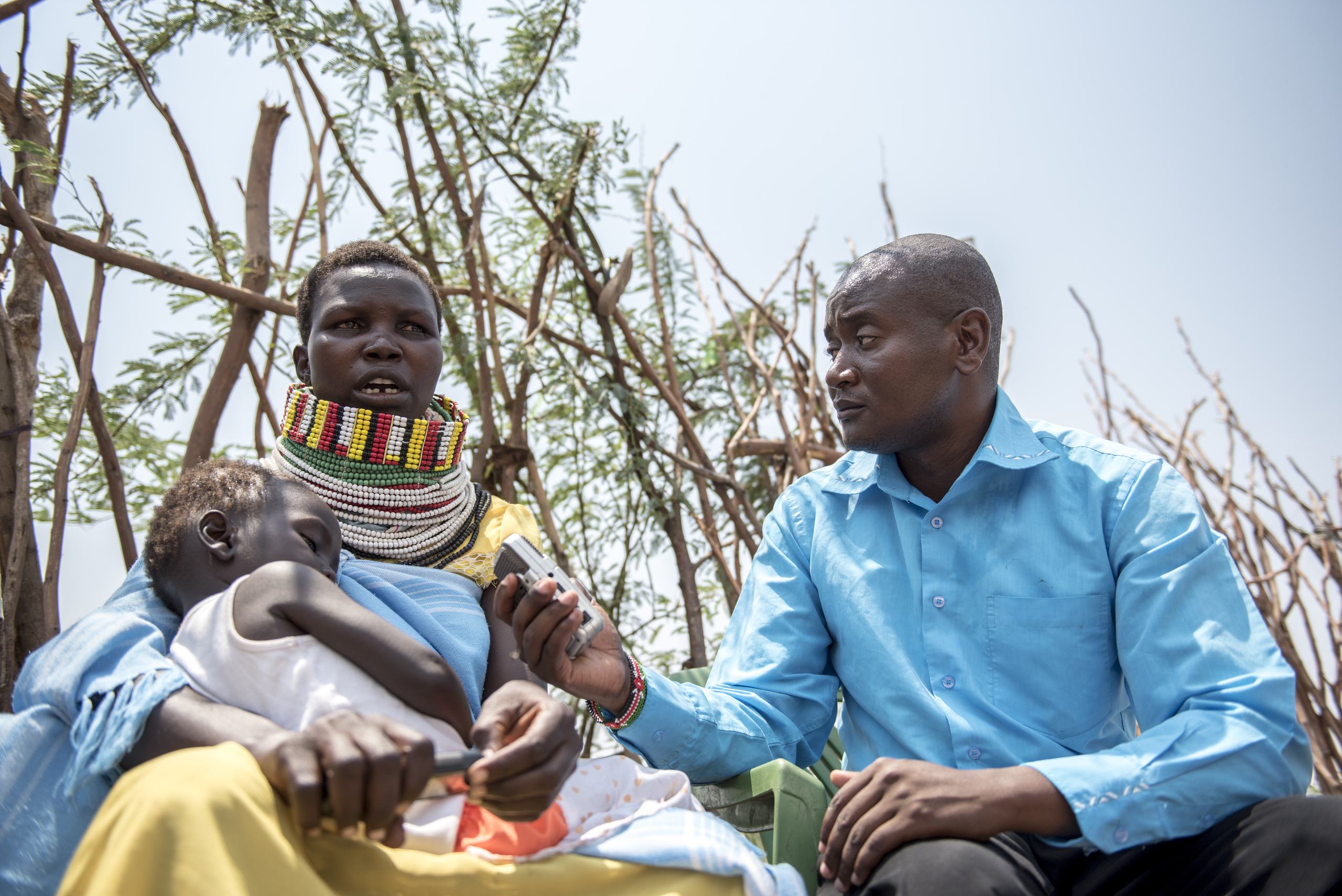
By the end of the visit the journalists appreciated the efforts of identifying TB cases in children and putting them on treatment.
“I must say it was very thoughtful of EGPAF to involve the media to help in this great advocacy,” said Lucy Maroncha who published this story in the newspaper.
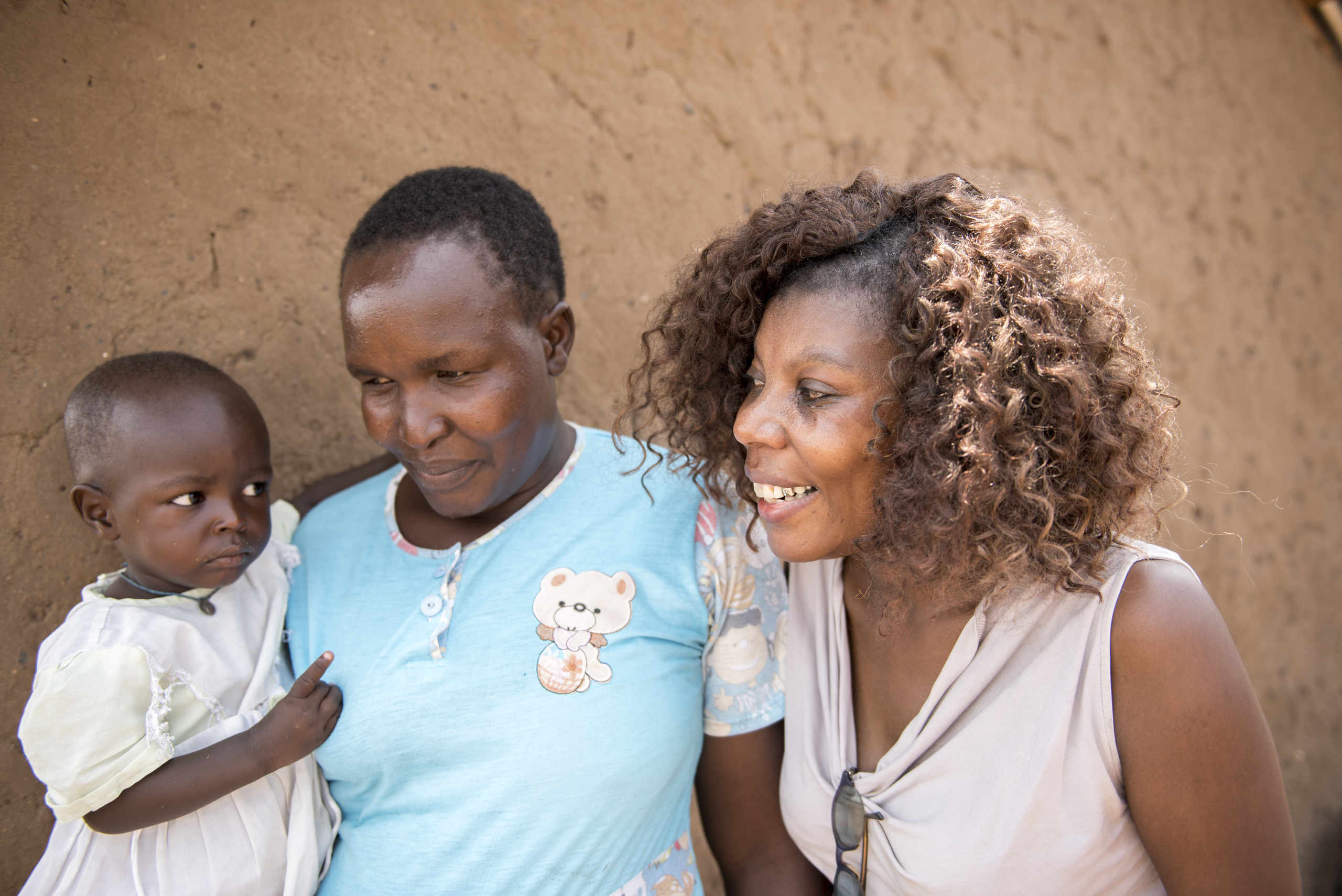
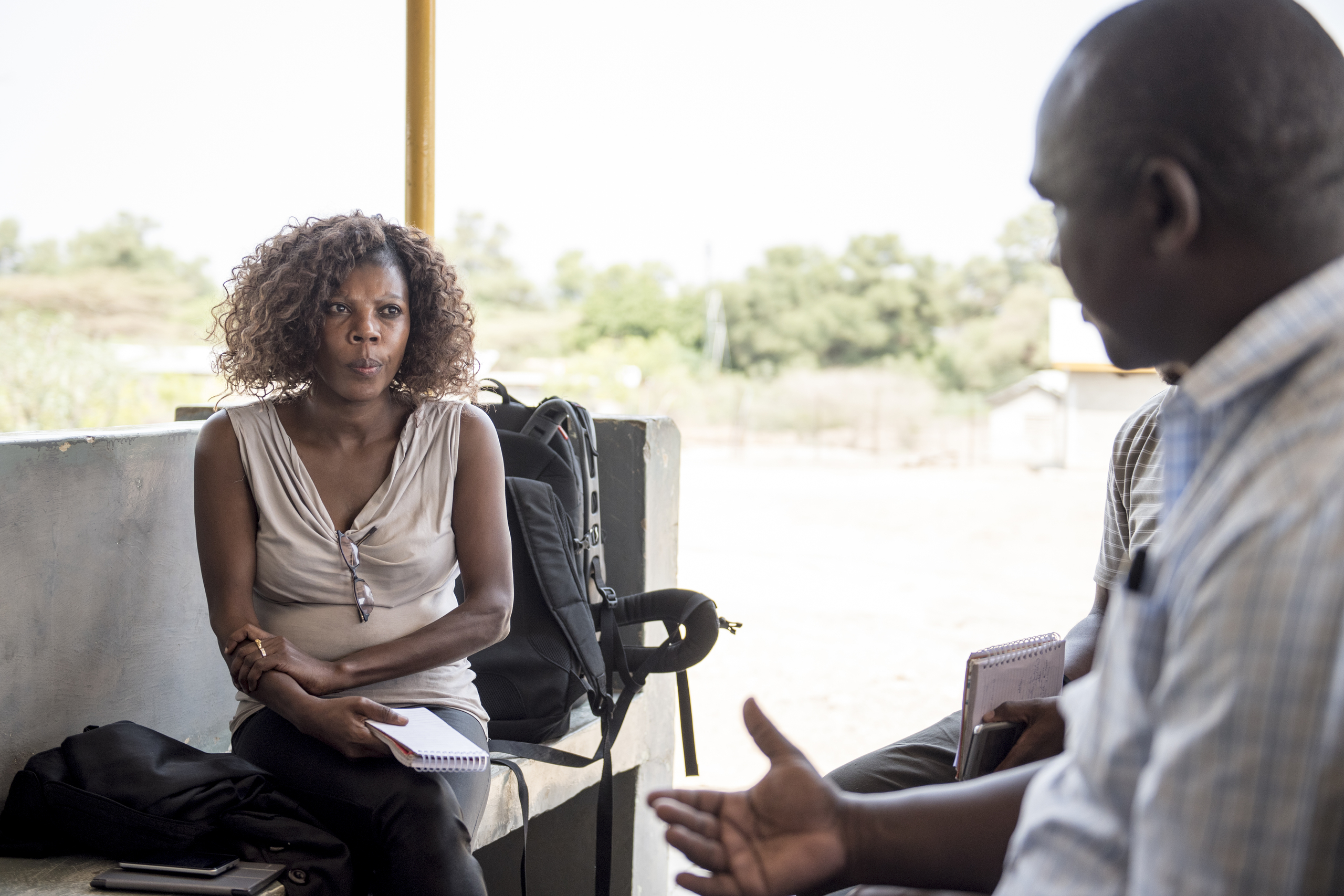
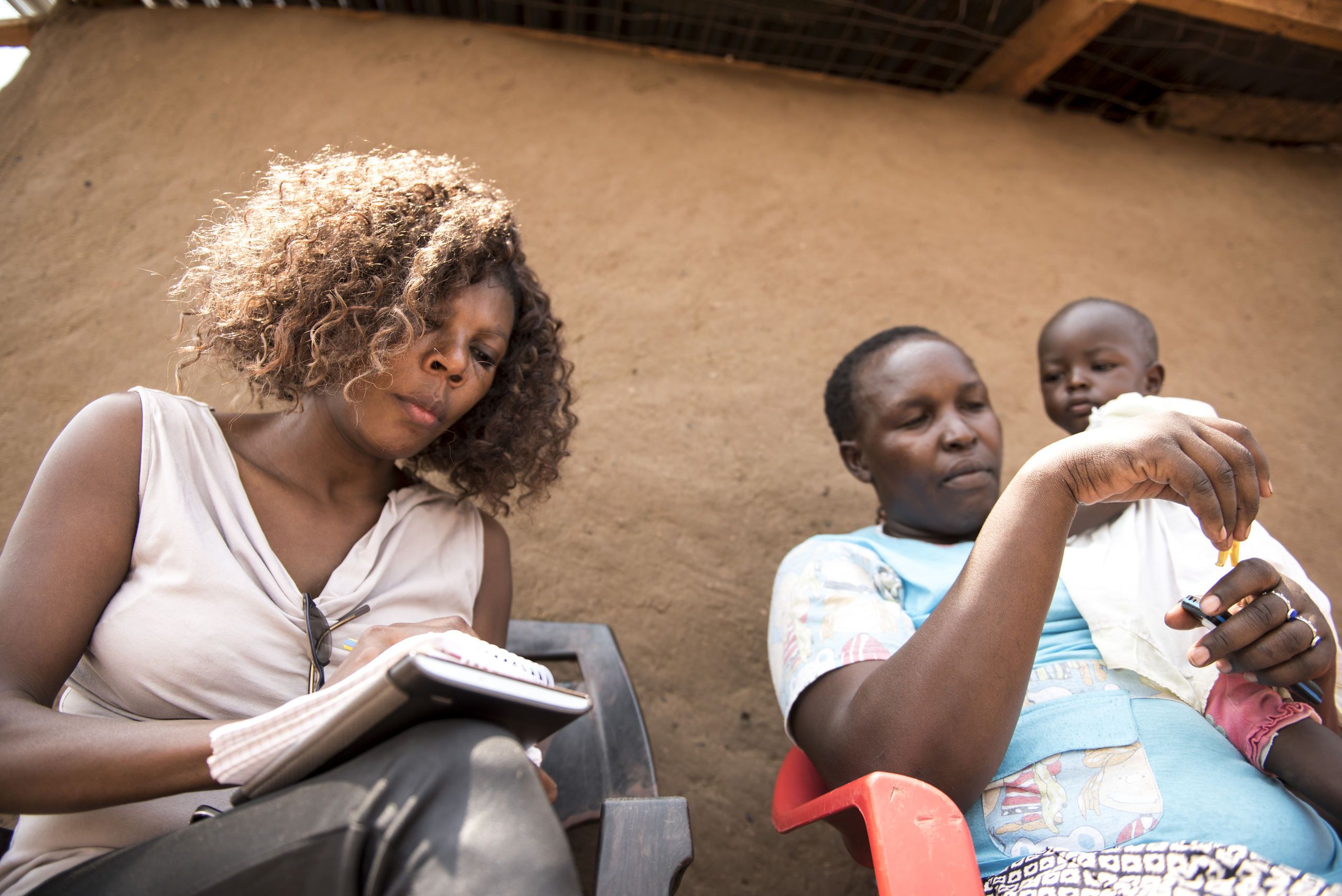
EGPAF supports the county government to end TB in Turkana County, Kenya, through:
- mass screening activities, especially at hot spots leading to early diagnosis of TB and, therefore, early treatment;
- support for sputum sample referral to Genexpert testing sites through provision of transport reimbursement; Samples are transported from smaller facilities (in the villages where there are no laborartories) to the main laboratory for testing. EGPAF supports this laboratory networking system through reimbursing transport of the courier
- engagement of community health workers to refer clients presumed to have TB for investigation;
- building the capacity of health care workers at the facility level on TB/HIV management through trainings; and
- support for the TB/HIV technical working group at the county level. (HIV increases the risk of TB)
